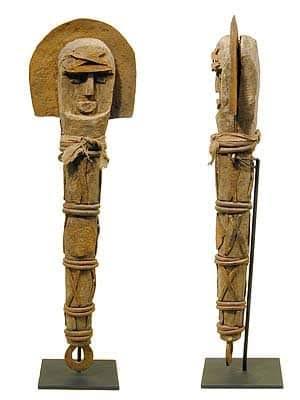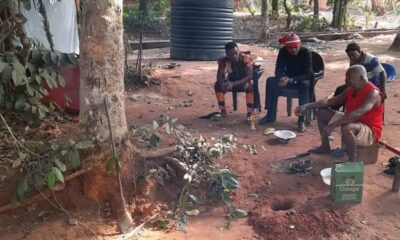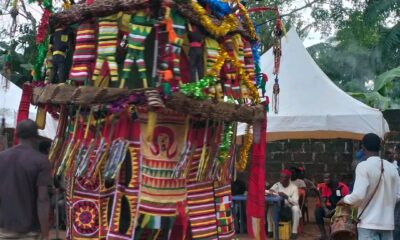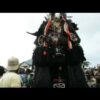Culture and Tradition
OFO in Igbo Land
OFO in Igbo Land
In this article, we’ll explore what OFO is, the explanation it is significant, and how it’s a critical piece of Igbo customs. Could we make a dive!
The Story Behind OFO:
OFO has been around for a really long time, from the old Igbo days. It looks like a remarkable stick created utilizing wood, ivory, or metal, and it’s overflowing with phenomenal pictures. These pictures recap stories and partner Igbo people with their past.
What OFO Looks like:
Imagine a cut stick, on occasion with figures of people or animals on it. These carvings have suggestions, showing the association among individuals and nature.
Why OFO is Critical:
OFO isn’t just a stick; it holds power. It’s a picture of sensibility and solicitation in Igbo social class. Whenever there’s a critical event, for example, making someone a chief or dealing with a significant issue, OFO is there. It tends to power and connects the present with forerunners from a previous time.
How OFO is Used:
During administrations, OFO is treated with unimaginable respect, showing qualification to the antecedents. Older people and trailblazers hold OFO during get-togethers, showing their power and connecting everyone with their arrangement of encounters.
Keeping the Custom Alive:
Nowadays, people are endeavoring to guarantee OFO’s custom doesn’t disappear. Parties and organizations are showing more young individuals OFO. Thusly, the data and capacities of making and using OFO are passed down to the accompanying ages.
OFO isn’t just a stick; it’s a platform between the past and the present. It assists us with recollecting where we come from and partners us with the understanding of our ancestors. By getting it and in regards to OFO, we honor our heritage and keep the spirit of Igbo culture alive into the endless future

















